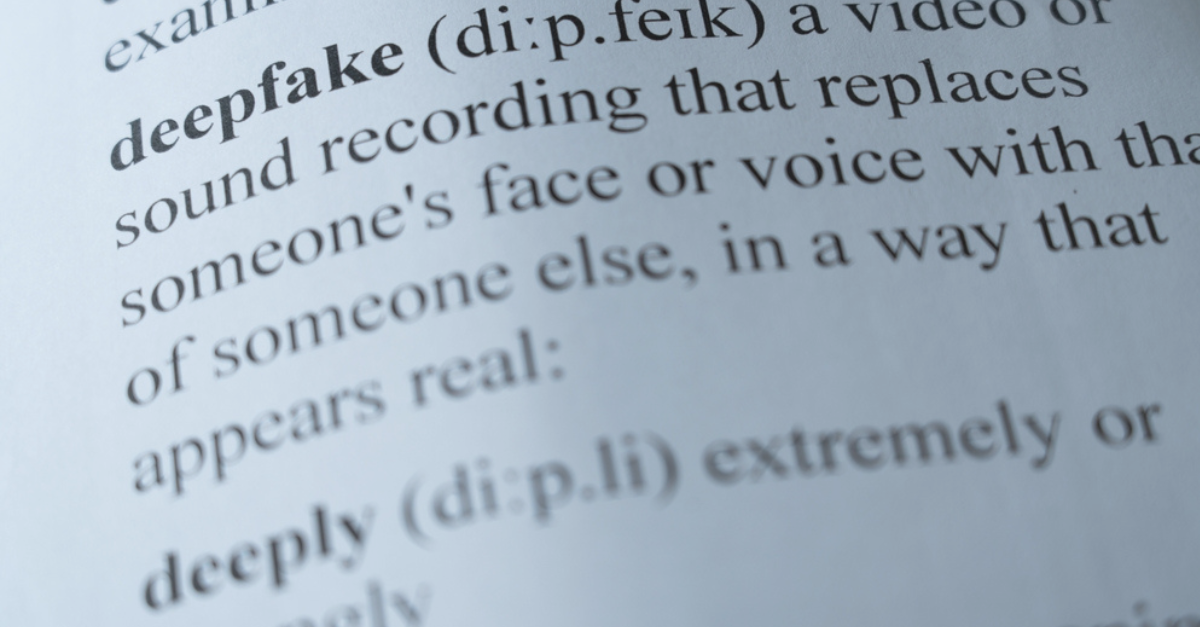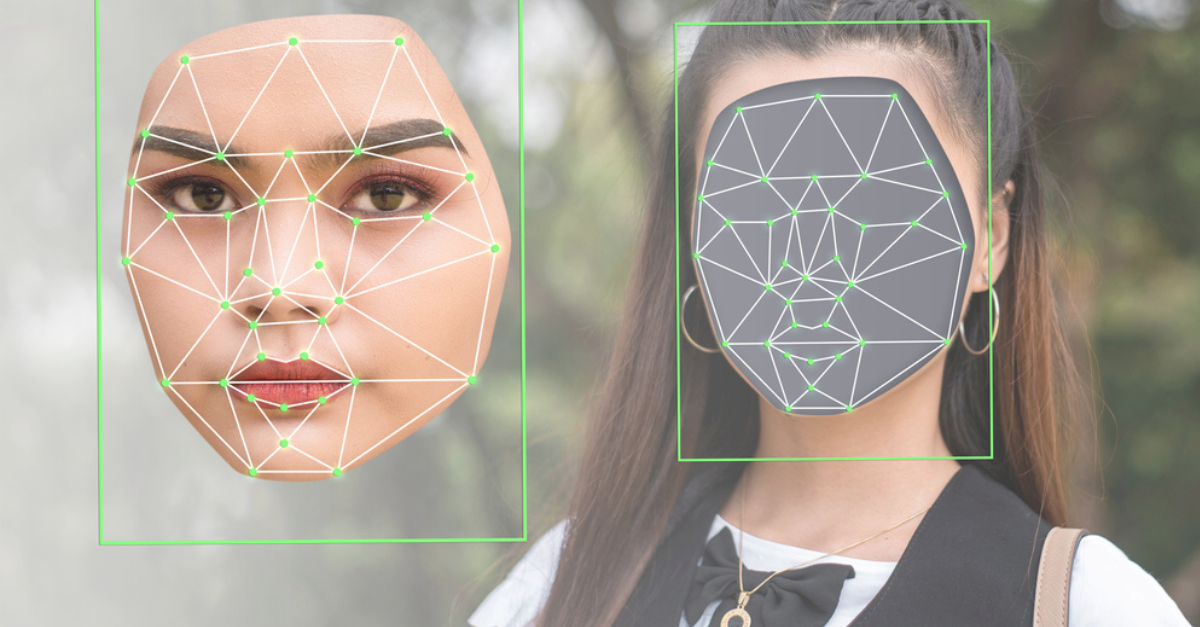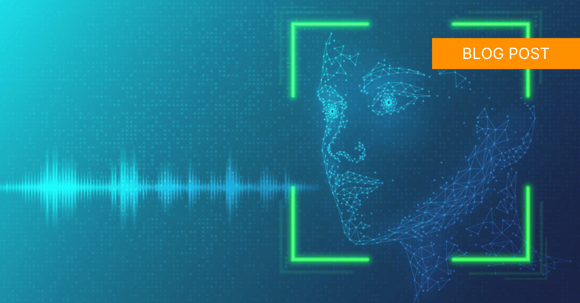In a time when the truth isn't always what it seems, the rise of 'deepfakes'—a fusion of ' deep learning' and' fake'—represents a major change in how we engage with digital media.
Deepfakes are like the ultimate digital chameleons, seamlessly manipulating images, videos, or audio recordings using artificial intelligence. Ever since their debut in the late 2010s, deepfakes have been on a wild ride, fueled by the latest AI advancements that blur the line between real and fake media.
Understanding deepfakes is a must for everyone navigating the digital world, as they pose challenges in politics, personal security, and beyond. It's vital to grasp their dual essence—both as a tool for creativity and a potential threat to society. Keep reading to get up to speed on all things deepfake...right now.
- What Exactly is a Deepfake?
- Unveiling Deepfakes: From Novelty to Cybersecurity Threats
- How Does a Deepfake Work?
- Deepfakes: A Growing Threat To Cybersecurity
- How to Spot a Deepfake
- Navigating the Dangers of Deepfakes
- The Evolution Continues...
What Exactly is a Deepfake?

A deepfake is a form of media altered using advanced AI and machine learning techniques to mimic the real thing. It involves cutting-edge technologies like GANs, where AI algorithms create and refine the deception until it appears authentic to humans.
Deepfakes represent more than just impressive technology:
- They enable media creators to produce highly realistic videos for entertainment or advertising purposes.
- They can generate false news and manipulate political events, affecting public trust and beliefs.
- Deepfakes pose a threat to personal security and privacy by:
- Faking identities
- Potentially harming reputations
- Causing personal damage
It's crucial to recognize the effects of deepfakes—they're not just fun tech tricks; they have real consequences across various areas. As AI technology takes center stage, the power of deepfakes to influence and mislead underscores the need for us to stay alert and cautious.
RELATED READING 4 Key Ways AI is Boosting Mobile Cybersecurity in 2024
Unveiling Deepfakes: From Novelty to Cybersecurity Threats
Since its 2017 debut, "deepfake" technology has quickly evolved from a novelty to a powerful tool with significant consequences. First emerging in the worlds of hobbyists and researchers, deepfakes impressed with their knack for effortlessly swapping the faces of celebrities onto different bodies in videos. As technology continued to advance, its applications have transformed into more sophisticated forms, now captivating a wider audience.
The evolution of deepfake technology has spawned various types, each presenting unique challenges and threats:
Video Deepfakes
Video deepfakes are like the ultimate face swap, where one person's expressions, actions, and voice magically appear on someone else in video content. Prominent cases include manipulated videos of celebrities or political figures, like Jordan Peele's synthetic portrayal of President Obama in a PSA, which highlights the potential dangers of this technology. These fabrications aren't just a headache for misinformation but also spark hefty ethical debates on consent and truth in digital media.
Audio Deepfakes
Audio deepfakes use synthetic voice technology to clone voices, creating audio clips that sound like real people saying things they never did. This technology has notable implications in voice phishing, where criminals can imitate the voices of trusted individuals to solicit personal or financial information. The rise of audio deepfakes poses new challenges for security protocols that rely on voice recognition.
Image Deepfakes
This type involves manipulating or completely generating static images. It can be used to create entirely new identities or alter existing images so convincingly that it becomes impossible to detect alterations with the naked eye. These skills have some serious consequences for scams and spreading false information, as phony profiles and altered images can quickly circulate on various social media platforms.
Text Deepfakes
AI-generated texts mimic human writing styles and are capable of producing realistic and coherent long-form articles, poems, or any textual content. The emergence of text deepfakes could significantly impact the media and literature sectors, potentially flooding the internet with fabricated news stories or literary pieces indistinguishable from genuine works.
As deepfake technology keeps advancing, grasping these types becomes essential. Each type opens up a gateway for spreading misinformation or carrying out malicious deeds, emphasizing the growing importance of robust cybersecurity protocols to tackle these risks.
How Does a Deepfake Work?
Deepfakes are like a high-tech magic trick, starting with a treasure trove of data and ending with a mind-bending transformation. The process involves training machine learning models, specifically Generative Adversarial Networks (GANs), to perfect the media until it's practically indistinguishable from reality. While each step enhances the deepfake's realism, it also introduces potential risks, from data breaches during collection to nefarious uses of the final product. Understanding this intricate process is key to spotting and addressing cybersecurity threats effectively.
Getting a handle on how deepfakes are made is key—it lets us appreciate their capabilities, sparks discussions about ethical use, and helps us put the right safeguards in place. With this foundation, we can now explore the real-world consequences of deepfakes, particularly their impact on cybersecurity.
Deepfakes: A Growing Threat To Cybersecurity
Deepfakes represent a growing and serious threat to cybersecurity. By creating convincingly realistic videos, images, or audio, malicious actors can launch sophisticated cyber attacks, from misinformation campaigns to impersonation and fraud. These deepfake attacks can be used to manipulate public opinion, sway elections, or disrupt markets. More directly, they can facilitate social engineering attacks by impersonating trusted individuals, tricking people into divulging confidential information, transferring funds, or granting access to restricted areas.
One of the earliest (and most striking) instances of an attack using deepfake technology occurred with a UK-based energy firm. This cyber event was a classic "spear phishing" cyberattack where the company's CEO was deceived into transferring a significant sum of money after a phone call, and an AI-generated voice perfectly mimicked the accent and tone of his German boss. In another alarming case, fraudsters utilized video deepfaking technology to craft a convincing impersonation of a company executive, which they used to illicitly request confidential data from employees.
The repercussions of deepfakes go far beyond the initial chaos. Individuals may suffer irreparable harm to their personal image and well-being, while organizations risk losing customer trust, financial stability, and even national security. That's why learning how to spot and mitigate these deepfake-induced risks is critical, requiring sophisticated detection technologies, vigilant regulatory frameworks, and a proactive stance on digital security.
How to Spot a Deepfake

As deepfake technology becomes more advanced, so too do the methods to detect them. Here are several effective approaches:
Look for Inconsistencies
Visual and audio inconsistencies are often the first giveaway of a deepfake. In videos, watch for mismatches in lip-syncing, facial expressions that don’t quite match the emotion or context being portrayed, and lighting that seems off. In audio, be alert for any unnatural changes in pitch, pace, or tone that don’t align with the supposed speaker's usual patterns. These discrepancies, though subtle, are telltale signs that something is amiss.
What is the Context?
Sometimes, the context in which a piece of media is shared can provide clues about its authenticity. Unusual sharing patterns, such as a video coming from an unverified source or being distributed in suspicious contexts, may suggest it’s a deepfake. Examining the source and the medium through which the content is shared can often provide critical insights.
Leverage AI Detection Tools
Several technical tools and software solutions have been developed specifically to catch deepfakes. These range from algorithms that analyze the physical plausibility of lighting and shadows in videos, to more sophisticated systems that use machine learning to detect anomalies in facial movements or speech patterns. Employing these tools can provide an additional layer of defense against deepfake attacks, especially in contexts where the stakes are high.
Get Expert Verification
In scenarios where the authenticity of media is critical—such as in legal disputes, significant financial transactions, or sensitive political matters—expert verification becomes essential. Digital forensics experts can examine the content using advanced tools and methodologies, providing a high level of assurance about its legitimacy. This expert analysis is particularly important in a cybersecurity context, where confirming the integrity of information can prevent costly and damaging incidents.
Spotting deepfakes is key to stopping the spread of fake news and safeguarding personal and public trust. With the advancement of technology, detection methods and tools are constantly improving!
Navigating the Dangers of Deepfakes
It's important to take a multi-pronged approach to tackle the risks associated with deepfakes. This approach involves creating awareness among the public about deepfakes, being cautious about the information we share online, and having strong laws in place to prevent misuse and hold those who create deepfakes accountable.
Companies need to take responsibility for protecting themselves and their clients from these risks. This means they need to take steps to make sure they have implemented robust IT security practices and strategies, and that their employees know how to stay safe. These steps include:
-
Implementing Advanced Cybersecurity Tools: Deploying state-of-the-art cybersecurity software is essential. This can include intrusion detection systems that monitor for unusual network activity, anti-malware tools that scan for and remove malicious software, and AI-powered analytics to detect anomalies in data that could indicate a deepfake attack.
-
Regular Security Audits: Regularly auditing security protocols ensures vulnerabilities are identified and addressed promptly. This includes checking the effectiveness of existing digital security measures and updating them as necessary to combat new deepfake techniques.
-
Employee Training and Awareness Programs: Educating employees about the risks of deepfakes is crucial. Training should cover how to recognize deepfakes, the importance of verifying information before acting on it, and the protocols for reporting suspected deepfake incidents.
-
Data Protection Measures: Ensuring that sensitive data is protected through encryption, secure data storage solutions, and controlled access is critical. This helps mitigate the risk of deepfakes being used to manipulate or steal sensitive information.
-
Client Education: Companies should also educate their clients on the potential risks of deepfakes and advise on best practices for digital security. This can help clients better understand how to protect their own data and recognize fraudulent attempts that may involve deepfakes.
Pro Tip: Implement a Verification Code System
To safeguard against deepfake phishing attempts, consider setting up a personal verification system with trusted contacts. Establish unique phrases or passwords that can be used to confirm the authenticity of communications. Here's how to implement this:
-
Select phrases or passwords that are memorable but not easily guessed. Each code should be unique to the individual or group you communicate with.
-
Share these codes only through secure channels. Avoid using predictable patterns when creating or sending these codes.
-
Periodically update your verification codes to maintain security, especially if you suspect that a code may have been compromised.
-
Before acting on sensitive information received via digital communication, use the predetermined code to verify the sender's identity.
This clever strategy adds an additional level of security, allowing you to swiftly verify any communication you receive and safeguarding you against those sneaky deepfake scams.
-
The Evolution Continues...
As deepfake technology continues to evolve, so too must our strategies for dealing with its challenges. From public awareness and robust legal frameworks to cutting-edge corporate security measures, each layer of defense plays a crucial role in protecting against the potential harms of deepfakes. It's essential for everyone—individuals, companies, and governments—to stay informed and proactive. By working together, we can mitigate the risks posed by deepfakes and pave the way toward a safer digital future for everyone!






